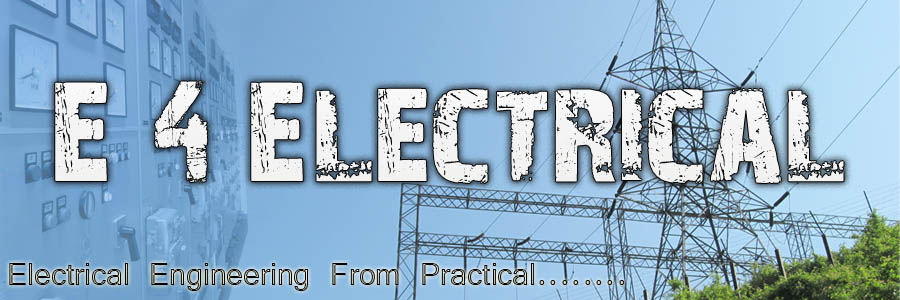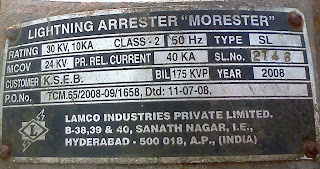R.M.S Value Or Effective Value
Definition:
The steady current which when flowing through a given
resistor fora given time produces the same amount of heat as is produced by the
alternating current when flowing through the same resistor for the same time is
called R.M.S or effective value of the AC .
In electrical mainly for AC we are always take R.M.S value or
Effective values for calculation.
Suppose we say the supply voltage in house 230volts, it means
that the R.M.S value of the supply voltage is 230volts. Sometimes we can denote
RMS value of voltage by E. As a whole ,we use V (or E) and I for RMS values of
A.C voltages and currents respectively.
General formula is
R.M.S value=√ Area of squared wave/base
To find RMS value for
AC is =
Im/√2 (it is only for symmetrical
sine waves)
Average Value:
The average value of AC is defined
as the D.C current which transfers across any circuit the same charge as is
transferred by that AC during the same time..
Average value of AC=2/π*Im
For rectangular wave form RMS value = average value
Average value= Area under the curve/base




















